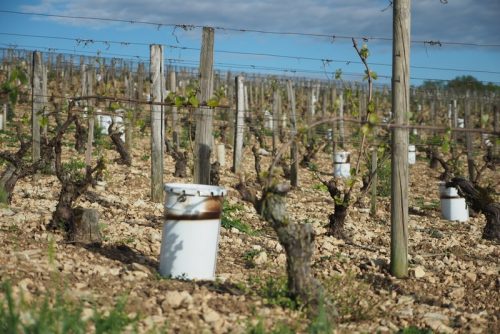
One of the main challenges in this northerly, continental region is spring frosts. These still cause considerable losses from time to time, and the 2016 and 2017 vintages were affected.
The Chablis winegrowers have resorted to a number of protective measures.
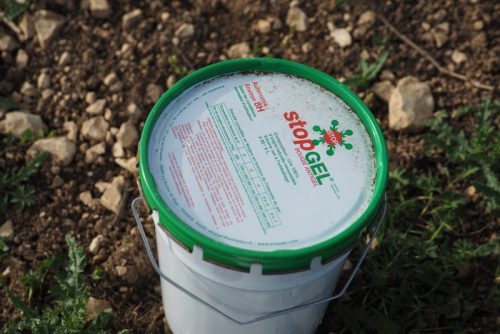
The first is burning stuff in the vineyard to raise the temperature. The small smudge pots (known here as bougies) are quite common, but it is an expensive method, and not very environmentally friendly. There are also an older variant: metal heaters that burn fuel, and these can get through quite a lot – one grower told me of using thousands of litres in a night.

There’s old school straw: these bales are set alight and burn all night. They aren’t too expensive, but they have a high carbon footprint.
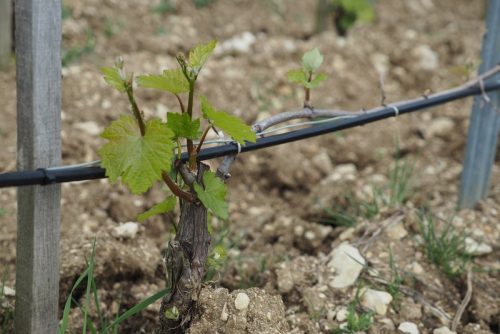
A fancy method that is quite expensive is to install heated wires, which run along the fruiting wire. This is in the Grand Cru Preuses vineyard (a plot owned by William Fevre), which is just too steep for bougies.
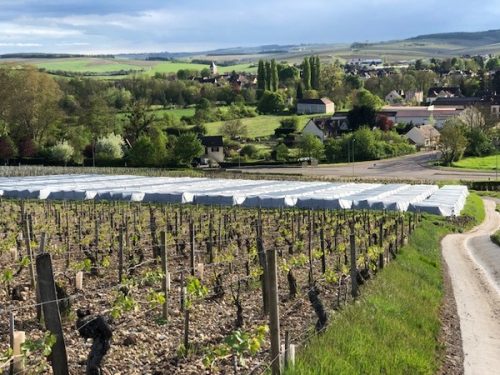
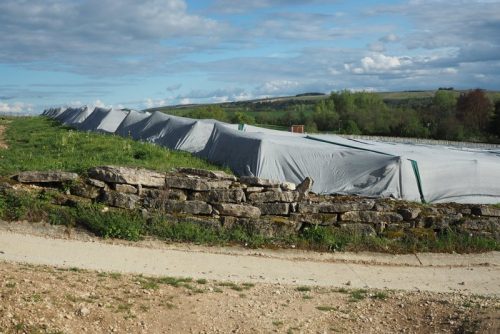
A slight exotic solution is to use a thermoprotective fabric (called baches) which is left over the vines until the frost risk has passed. Each piece of fabric covers four rows of vines. This works well and has a low carbon footprint, but isn’t cheap and takes a long time to apply. The vines end up being a little advanced. For a while this solution was banned because it looks bad, but it is now allowed again. There isn’t a lot of this used around the region. I heard one report of a grower who got frosted under a bache.
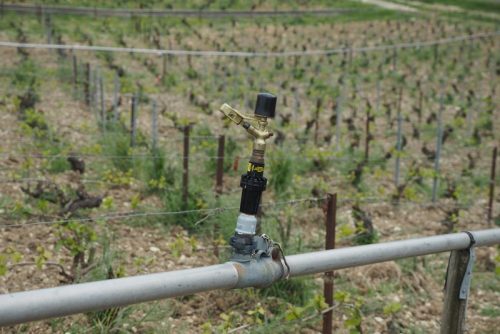
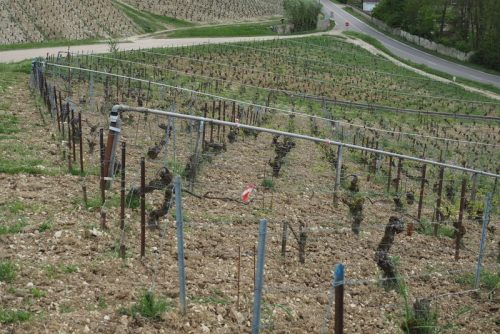
Probably the most common protective measure is one that seems a little counterintuitive. It involves spraying water on the vines which then freezes and creates an ice layer over the buds. It is the latent heat released when the water freezes that protects the buds from frost damage. So for protection, the water needs to continually applied through the night while the temperatures are in the danger zone. It works, but there needs to be a supply of water, some heavy-duty pumps, and miles of pipes. Many of these systems take water from the Sereine, but others have created dams specifically for this purpose (irrigation is not allowed here). The village of Beine, which has 605 hectares of vines, created an artificial lake in 1978 for frost fighting. It’s surface area is 15 hectares and it contains 450 000 cubic metres of water, which feed 40 km of pipes, protecting 100 hectares.
The final option for frost fighting is to use propellers. Strangely I haven’t seen a single on in Chablis, although I’ve been told there is at least one in the region. These work by moving air around, and rely on the existence of a slightly warmer layer of air above the freezing layer at ground level. Helicopters do the same thing. Their advantage is that they work, but their disadvantage is they are expensive, and every now and then a different sort of frost occurs where there is no warmer upper layer of air. And they upset the residents with their noise.
CHABLIS
Very interesting – such wine geekery, that’s why we read your site. I’d never heard of the electric wires before.
You’re right about the noise of the frost fans. We also sometimes needed them in Canada’s Okanagan in the fall, before the vines had gone dormant. Neighbours who’d paid top dollar for a vineyard view did not like it but we won our case when a prof. backed us up with some science and stats.
The Preuses GC photo has what appears to be an irrigation line as well as the heating wire? Is it for irrigation or something else??